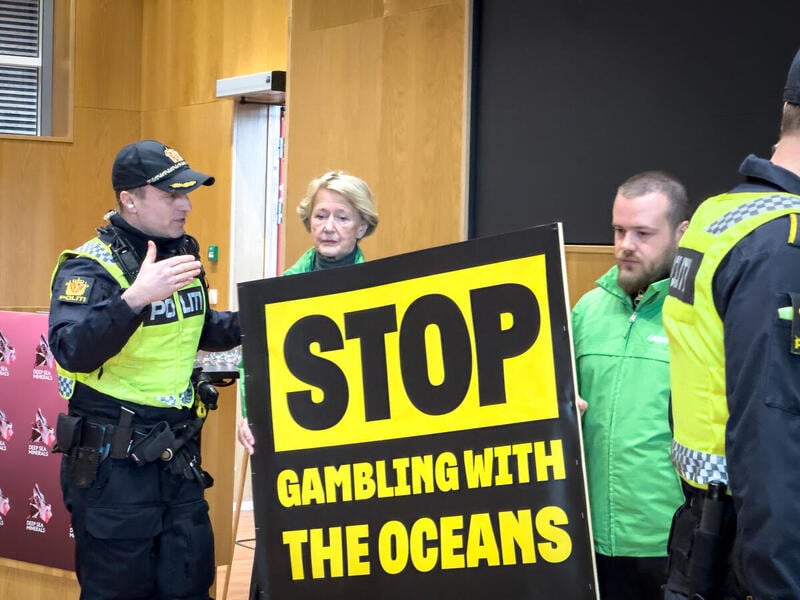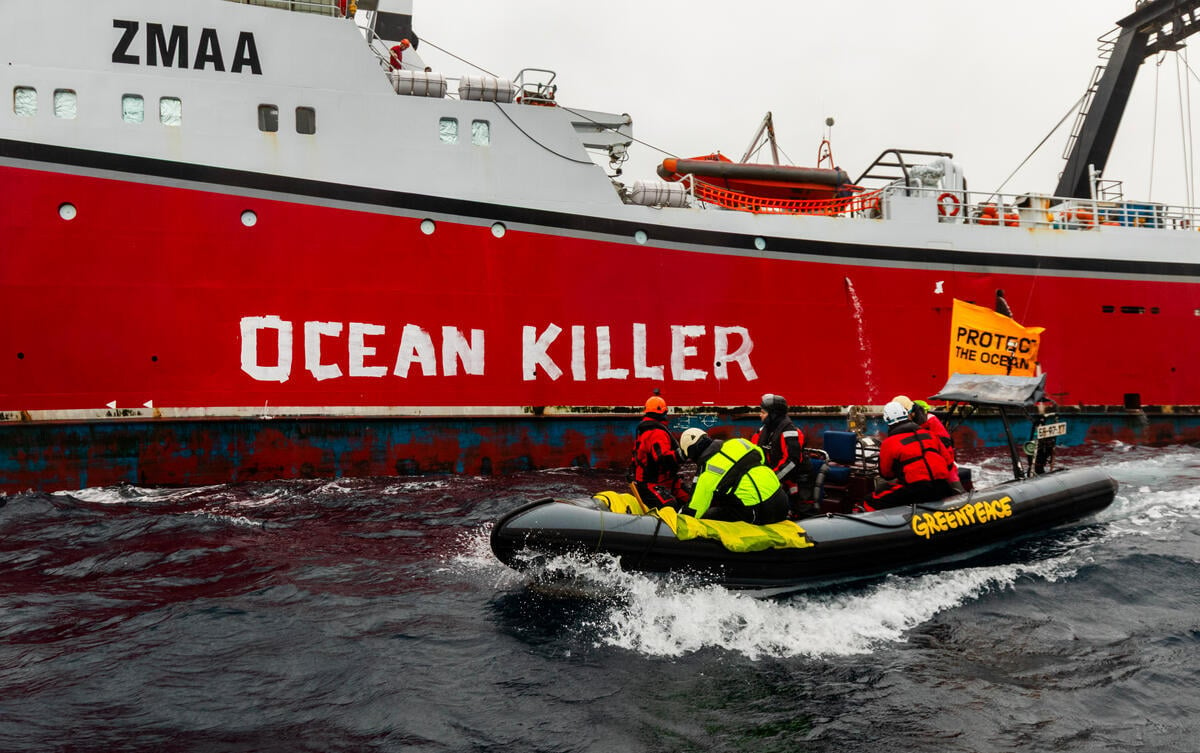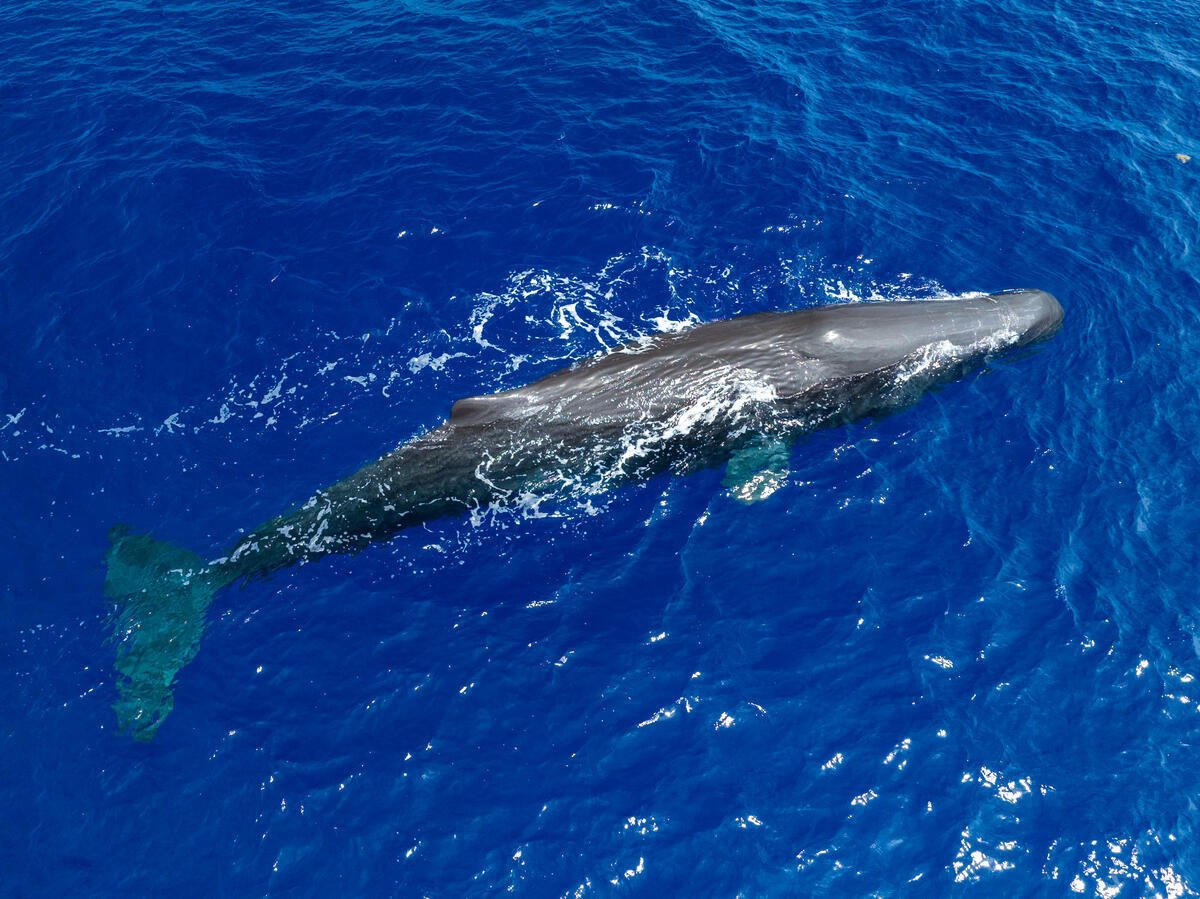Deep at the bottom of the ocean lies an ecological realm so inaccessible that scientists have only just begun to explore and understand it. One thing we do know, however, is that this underwater realm harbours metal-containing minerals. These resources have attracted the attention of corporations who are working to develop a potentially highly destructive new industry: deep sea mining.
Gerard Barron, CEO of deep sea mining company DeepGreen is one of those keen to get his hands on these minerals, claiming that: “They are just sitting there like golf balls on a driving range.” He is referring to the stone-like materials formed of metal containing minerals on the sea floor known as polymetallic nodules. Setting aside the fact that we don’t usually use heavy Earth-moving machinery to collect golf balls from a driving range, if we fall into the trap of this Global-North-centric, pro-exploitation analogy, we could totally underestimate the ecological significance of the deep sea environment, and the harm that mining would do to it.
The golf ball analogy is just one of the many ridiculous statements made by DeepGreen and its leading competitor Global Sea Mineral Resources (GSR) to try to justify their destructive activities on the deep ocean floor. We have coined a term for these: “Minesplaining” – analogous to “mansplaining”, is a blend of the words “mine” and “explaining” and describes the industry’s habit of delivering their greenwashing arguments to the public in a patronizing, often inaccurate or oversimplified manner.
Minesplaining 1:
We are just doing science.
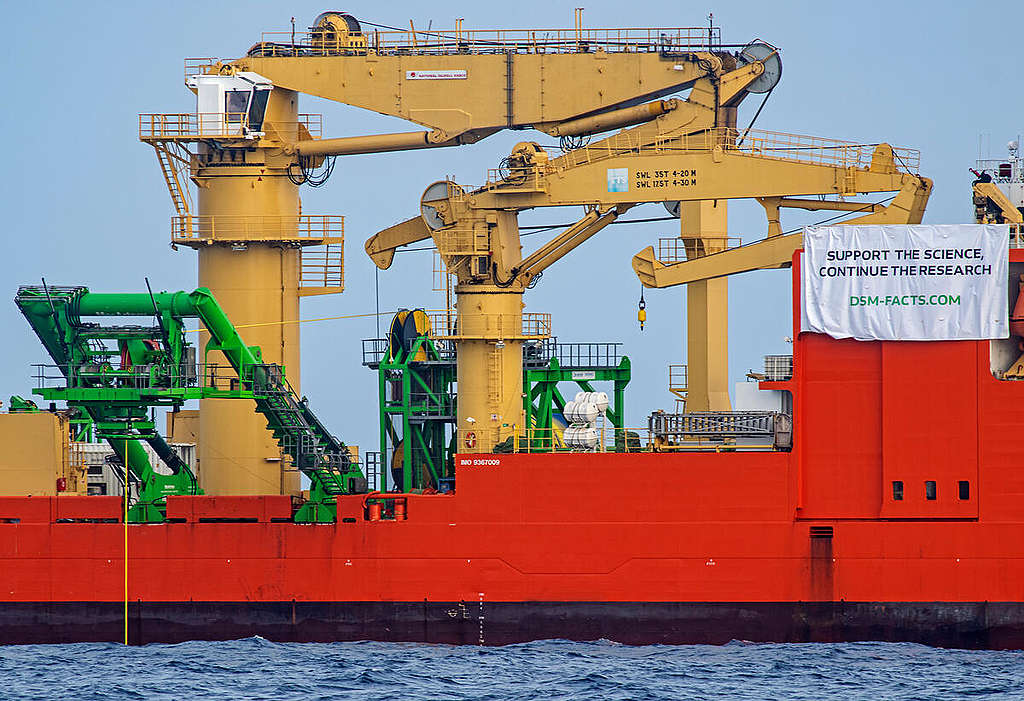
DeepGreen: “At this point, ocean science is the core business of our humble startup”
GSR: “[…] all parties have agreed that more research is needed before commercial exploitation of the deep sea can be considered.”
These statements are part of a deliberate smokescreen creating confusion about the type of scientific research that is being conducted in support of plans for deep sea mining. Let’s be clear: scientific work to fundamentally understand and help protect deep sea ecosystems is very different from the commercially-motivated research activities carried out by deep sea mining companies to develop a destructive new industry. Scientists themselves have expressed these concerns.
So, the question is: Is it really possible for deep sea mining companies to ensure that their interests won’t influence the scientific research being done? After all, it is being conducted largely at the instigation of the mining companies, during their own expeditions and in the areas which they want to mine.
Minesplaining 2:
We follow the rules based on approved processes by the International Seabed Authority (ISA).
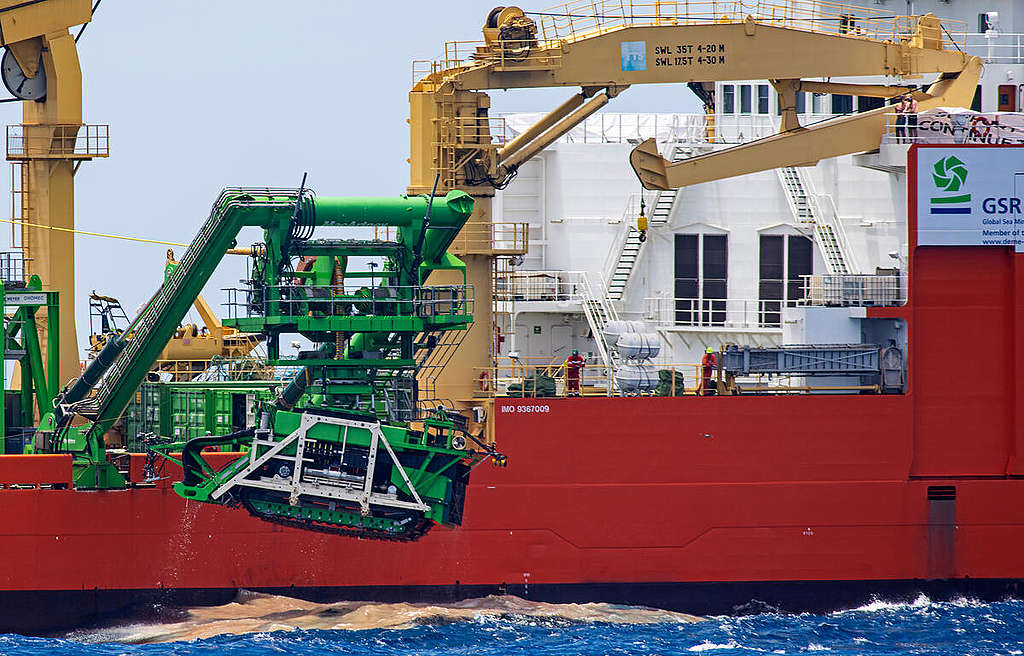
DeepGreen: “No extraction of ocean nodules can take place until rigorous, multi-year environmental impact studies are conducted, vetted, reviewed and approved. If this peer-reviewed science, which is a major contributor to society’s knowledge of the deep sea, shows that the risks outweigh the benefits, the global community through the International Seabed Authority — not WWF — can decide that extraction will not occur.”
GSR: “In effect, (NGO) campaigners are simply, and rightly, asking for the current regulatory processes to be followed and requirements applied.”
“GSR vows not to produce ocean-mined minerals before the environmental risks are comprehensively understood.”
Peer reviewed scientific evidence showing that deep sea mining carries a virtual certainty of causing long lasting damage to deep sea ecosystems already exists.
This means that the Precautionary Principle – a core principle of international environmental protection, and associated legal protections – should be strictly applied, and that deep sea mining should not happen.
Unfortunately, the body that is in charge of managing the international seabed, the ISA, is effectively facilitating mining. It is dominated by countries with mining aspirations and corporate interests, has clearly prioritized economic development over responsible environmental management, and is plagued by a lack of transparency and oversight.
Minesplaining 3:
We share the same goal: a clean energy future!
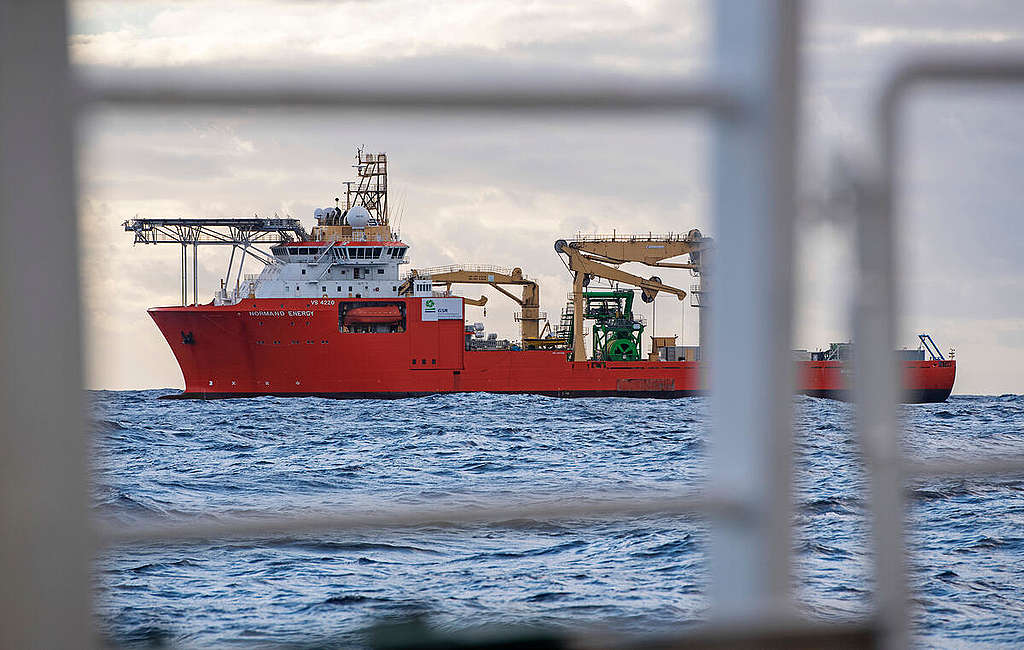
“DeepGreen shares the goal of BMW, Volvo, Google, WWF and others for achieving a net-zero-emissions future while protecting the oceans and other ecosystems from climate change.”
GSR: “Our ultimate goal is the same – to make the best decisions for the planet as we strive for a sustainable future”.
Will anyone be fooled by DeepGreen and GSR pretending their motive for investing tens of millions in mining the seabed is to save the climate?. It is to distract attention away from what is really at stake: the health of the deep sea ecosystem, our oceans, and the natural world as a whole.
In reality, our science-based, environmental worldview is very different from the industry’s: We don’t agree with building a fossil-free, zero-carbon future on the back of the destruction of natural systems. Even car companies and tech giants like BMW, Volvo, Google and Samsung have publicly denounced deep sea mining. It’s clear that we do not need this destructive method to get us to a clean energy future.
We must instead work towards better resource efficiency and a circular economy: to reuse, reduce and recycle. The real solutions should be reducing our need for minerals by putting fewer cars on the road, generating innovative battery technology and designing ways to achieve a circular economy.
Minesplaining 4:
Deep sea mining is a potential/great alternative to land-based mining.
DeepGreen: “Consumer brands that refuse to consider alternative mineral supplies will be complicit in increased deforestation, toxic tailings, child labour (in the case of cobalt), and destruction of terrestrial habitats and carbon sinks. Polymetallic nodules, on the other hand, can deliver key battery metals with up to 90% less carbon emissions equivalent, with no child labour. In order to achieve electrification of the vehicle fleet without destroying terrestrial ecosystems, we need to explore creative solutions for the mineral supply chain including the responsible use of seabed minerals.”
“GSR will only apply for a mining contract if the science shows that, from an environmental and social perspective, deep seabed minerals have advantages over the alternative – which is to rely solely on new and current mines on land.”
Presenting deep sea mining and land-based mining as alternative options is to present a false dichotomy. The exploitation of the deep sea will do nothing to stop current or future harmful impacts of land-based mining. On the contrary, it will just add to the long list of places where humankind’s destructive quest for exploitable resources has left the planet and communities around the world deeply wounded.
Nowhere in international law are there principles or regulations implying that in order to save forests and other critical ecosystems on land, harming the oceans is a legitimate strategy instead.
So where now?
The good news? Deep sea mining has not started yet, so there’s still time to stop it in its tracks. Here’s how.
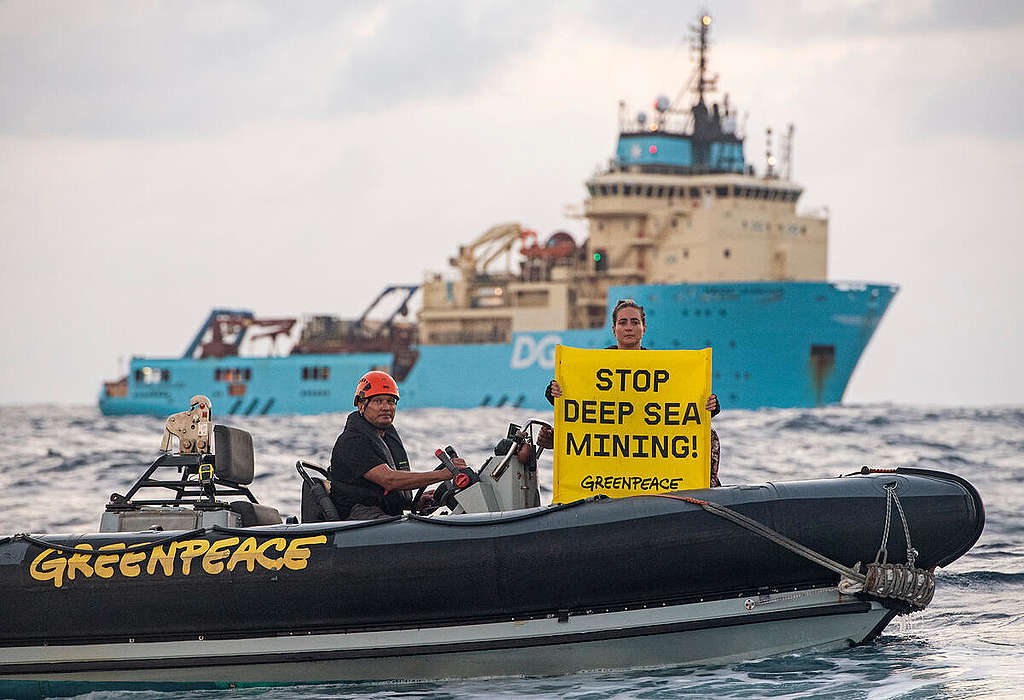
A strong Global Ocean Treaty is what we need to protect the deep sea. It would pave the way to a global network of ocean sanctuaries and set high standards to protect the global oceans from destructive industries. We must call on governments and corporations to shift the mindset from exploitation to protection, and build a truly sustainable future for all. Join the movement to #ProtectTheOceans.
An Lambrecht is an Ocean campaigner for GP Belgium.

